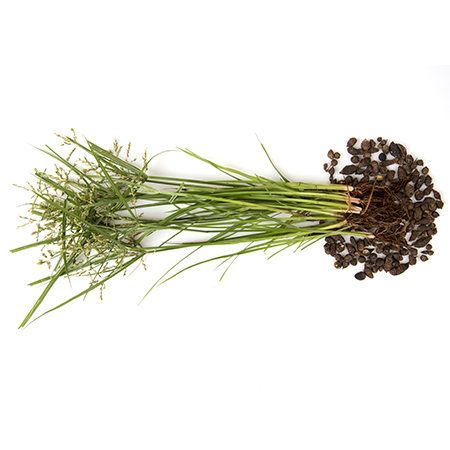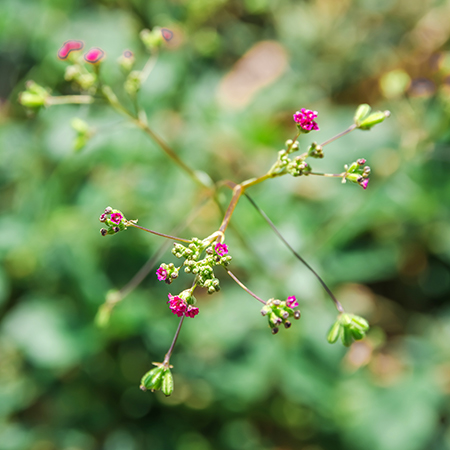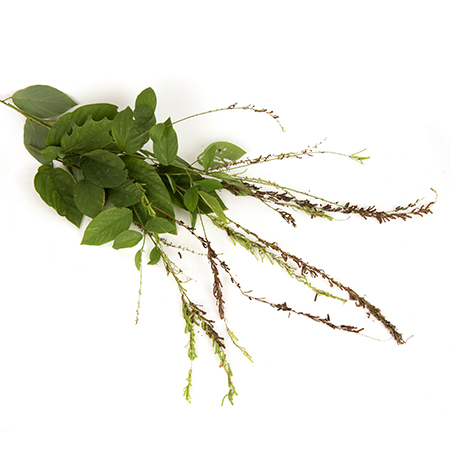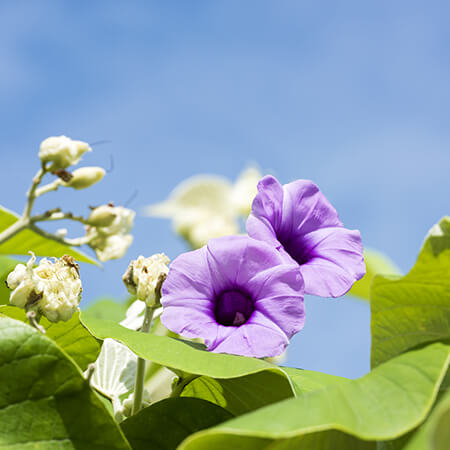Ayurveda and Science
Lashun/लहसुन/Allium sativum Pennel/Garlic
AYURVEDIC & MEDICINAL PLANTS
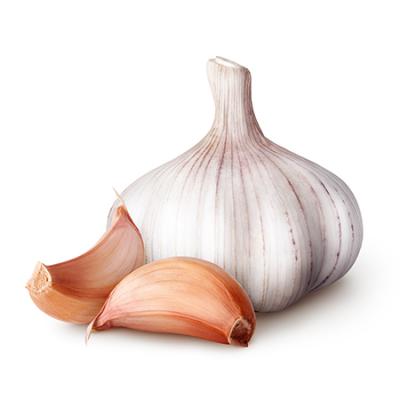
Garlic Benefits and Uses
Garlic has a very long folk history of use in a wide range of ailments such as ringworm, Candida and vaginitis where its fungicidal, antiseptic, tonic and parasiticidal properties have proved of benefit as recommended by Indian Ayurveda.
- Treats Dysentery
The plant produces inhibitory effects on gram-negative germs of the typhoid-paratyphoid-enteritis group, indeed it possesses outstanding germicidal properties and can keep amoebic dysentery at bay. Garlic benefits also include anticancer activity.
- Controls Diabetes
Benefits of Garlic include reducing glucose metabolism in diabetics, slows the development of arteriosclerosis and lowers the risk of further heart attacks in myocardial infarct patients. Externally, the expressed juice is an excellent antiseptic for treating wounds.
- Lowers Cholesterol
There are two kinds of cholesterol. LDL cholesterol and HDL cholesterol. The former is bad for human health. Garlic is rich in the Ellison compound which effectively prevents LDL cholesterol from oxidizing. All those who have high cholesterol levels should include this herb in their daily diet.
- Thrombosis
Benefits of Garlic include fighting against thrombosis by reducing platelet aggregation for eye care. Garlic is rich in nutrients like selenium quercetin and vitamin C, all of which help treat infections and swelling.
- Treats Acne
Half the people in the world suffer from mild to severe forms of acne. Uses of Garlic include treating acne. Garlic may be used, along with other ingredients like honey, cream and turmeric, to treat acne scars and prevent the initial development of acne garlic acts as a cleanser and an antibiotic substance for soothing skin rashes.
- Heart Health
Garlic protects our heart against cardiovascular problems like heart attacks and atherosclerosis. This cardio protective property can be attributed to various factors. With age, the arteries tend to lose their ability to stretch. Garlic, helps reduce this and may also protect the heart from the damaging effects of free oxygen radicals.
- Respiratory Problems
Daily use of garlic might reduce the frequency and number of colds. Its antibacterial properties, help in treating throat irritations. Garlic may also reduce the severity of up respiratory tract infections. Its benefits in disorders of the lungs like asthma, difficulty of breathing make it a priceless medicine.
- Weight Management
Many researchers believe that obesity is a state of long-term low-grade inflammation. According to recent research, garlic may help to regulate the formation of fat cells in our body. This may help prevent weight gain.
Chemical Composition
Garlic contains a wealth of sulfur compounds; most important for the taste is allicin (diallyl disulphide oxide), which is produced enzymatically from alliin (S-2-propenyl-L-cysteine sulfoxide) if cells are damaged; its biological function is to repel herbivorous animals. Allicin is deactivated to diallyl disulphide; therefore, minced garlic changes its aroma if not used immediately. In the essential oil from steam distillation, diallyl disulphide (60%) is found besides diallyl trisulphide (20%), diallyl sulfide, ajoene and minor amounts of other di- and polysulphides.












